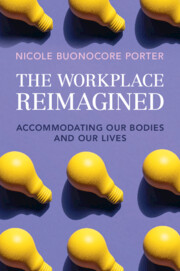Aim. To evaluate the association between the incidence of leave of absence from work and perinatal outcome for the twin-pregnant woman.
Material and methods. A 20.2% sample of all twin-pregnant women between 1982 and 1988 (1,331/6,602) was taken at random from the entire material of twin deliveries in Sweden, archived at the Medical Birth Registry (MBR), National Board of Health and Welfare. For each woman in the sample, information on period(s) and reasons for leave of absence from work during pregnancy was obtained by inquiry to all Regional Health Insurance Offices throughout Sweden. A comparison of perinatal outcome was also made with information from the Danish Fertility Database and the Norwegian Medical Birth Registry.
Results. Duration of leave from work increased from 58 days in 1982 to 97 days in 1988 (trend analysis; t = 7.9, p <0.001). No association was seen between perinatal mortality for twins weighing. < 1,500 g and changes in the incidence of leave of absence. The incidence of twins with a birthweight < 1,500 g varied among the three countries, increasing significantly only in Sweden (trend analysis χ2 = 20.3, p <0.0001).
Conclusion. Although the number of days of leave of absence increased by 60%, there was no obvious association with perinatal mortality for twins weighing < 1,500 g. The incidence of Swedish twins with a birthweight < 1,500 g increased significantly, indicating that the effect of leave of absence from work on perinatal outcome may be less effective than previously thought.


